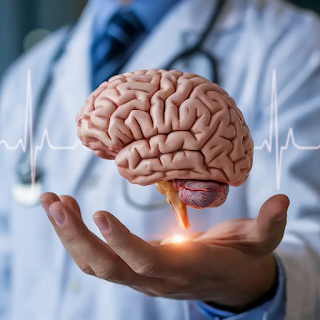What is Hydrocephalus? Causes, Symptoms and Treatment Options

Hydrocephalus is a neurological condition caused by an abnormal accumulation of cerebrospinal fluid (CSF) in the brain's ventricles. If unchecked, this build-up can put pressure on the brain, causing a variety of symptoms and maybe major problems. Although usually linked with young children and elderly people, hydrocephalus can strike anyone at any age. What is Hydrocephalus? Cerebrospinal fluid, which cushions the brain and spinal cord, cleans the brain and spinal cord, and provides nutrition, is produced by the brain automatically. Usually, this fluid passes over the brain and spinal cord and is then reabsorbed into the bloodstream from the ventricles. But when this flow is interrupted or the body cannot adequately absorb it, CSF builds up and strains the brain by swelling of the ventricles. Hydrocephalus can be congenital or acquired later due to injury, infection, tumor, or other medical conditions. It can also be classified as communicating (CSF flows between ventricles but ...


